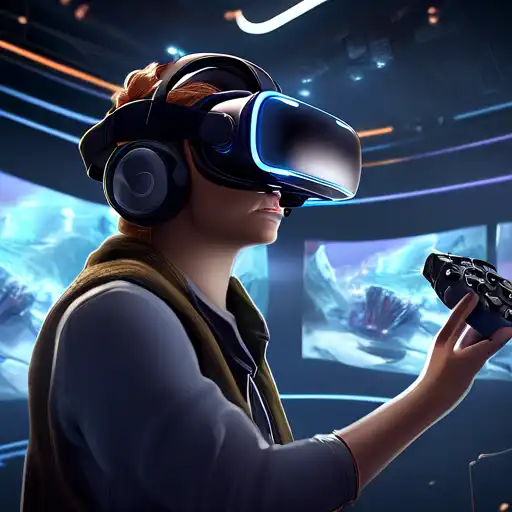Understanding the Complexities of VR Content Development
Virtual Reality (VR) has emerged as a groundbreaking technology, offering immersive experiences that were once the stuff of science fiction. However, developing content for VR presents a unique set of challenges that creators must navigate to deliver compelling and engaging experiences.
Technical Limitations and Hardware Diversity
One of the primary hurdles in VR content development is the technical limitations and the diversity of hardware. Creating content that is compatible across various VR headsets, each with its own specifications and capabilities, requires extensive testing and optimization.
High Development Costs
The cost of developing VR content can be prohibitively high. From the need for specialized software and hardware to the hiring of skilled developers, the financial investment is significant. This makes it challenging for indie developers and small studios to compete in the VR space.
User Experience and Motion Sickness
Ensuring a comfortable user experience is paramount in VR content creation. Issues such as motion sickness can detract from the immersive experience, making it essential for developers to implement best practices in movement and interaction design.
Content Innovation and Engagement
With VR still being a relatively new medium, there is a constant pressure to innovate and create content that engages users in novel ways. This requires not only technical skills but also a deep understanding of storytelling and user psychology in a 3D space.
Strategies for Overcoming VR Development Challenges
Despite these challenges, there are strategies that developers can employ to navigate the complexities of VR content creation.
Leveraging Cross-Platform Development Tools
Utilizing development tools that support cross-platform compatibility can significantly reduce the time and resources needed to adapt content for different VR headsets.
Focusing on User-Centered Design
Adopting a user-centered design approach can help mitigate issues like motion sickness and ensure that the content is accessible and enjoyable for a wide audience.
Collaborating with Other Creators
Collaboration between developers, designers, and storytellers can foster innovation and lead to the creation of more engaging and immersive VR experiences.
Conclusion
While developing VR content comes with its set of challenges, the potential for creating truly immersive and transformative experiences is unparalleled. By understanding and addressing these hurdles, developers can push the boundaries of what's possible in virtual reality.
For more insights into the world of VR and content creation, explore our technology section or check out our innovation highlights.
